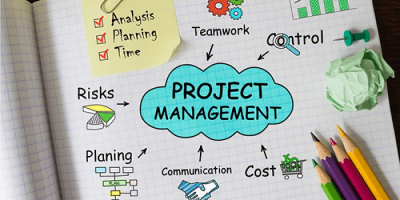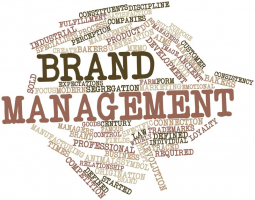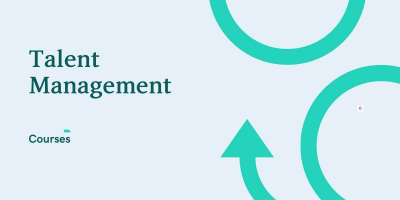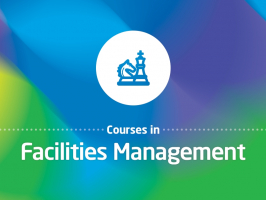Top 8 Best Online Emergency Management Courses
As many students discover emergency services training entails much more than simply basic first aid. Your emergency responder abilities, as well as your ... read more...capacity to think on your feet and react quickly and calmly to crucial situations, will most likely improve as a result of your job in EMS and paramedics. Your medical knowledge and communication skills will certainly increase as well. Below, Toplist has compiled for you some of the best online emergency management courses.
-
The first course Toplist would like to introduce to you in this list of the best online emergency management courses is "EMT Foundations". You will learn the nuts and bolts of the emergency medical services system in the first module. They will provide a brief history of EMS as well as a discussion of the system's many components. A discussion of some of the medical and legal issues that arise frequently in the practice of prehospital medicine will be held.
You will study a new language in the next module. This lesson will cover basic medical vocabulary as well as some tips and methods for "talking the talk", as well as the fundamentals of human anatomy! They will instruct you on the musculoskeletal, cardiovascular, pulmonary, abdominal, neurologic, and endocrine systems basic anatomy. Communication is crucial in emergency medical care. You'll go over the numerous aspects of the job that demand communication, as well as the various tactics for communicating clearly and concisely.
They'll show you how to take a patient's blood pressure, respiration rate, and pulse, and evaluate their skin. They'll also learn about taking a history during a patient encounter, as well as some common methodologies, such as the OPQRST and AMPLE history-taking templates.
This course offers:- Level: beginner level
- Duration: 14 hours
- Rate: 4.8
- Language: Arabic, French, Portuguese (Europe), Italian, Vietnamese, German, Russian, English, Spanish
- Link: coursera.org/learn/emt-foundations
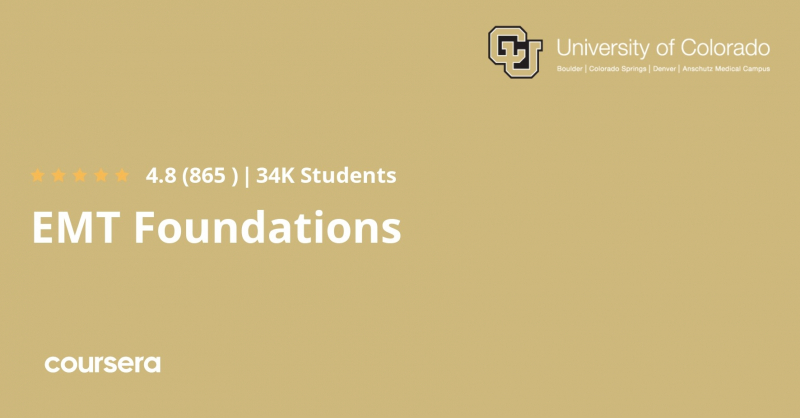
https://www.coursera.org/ 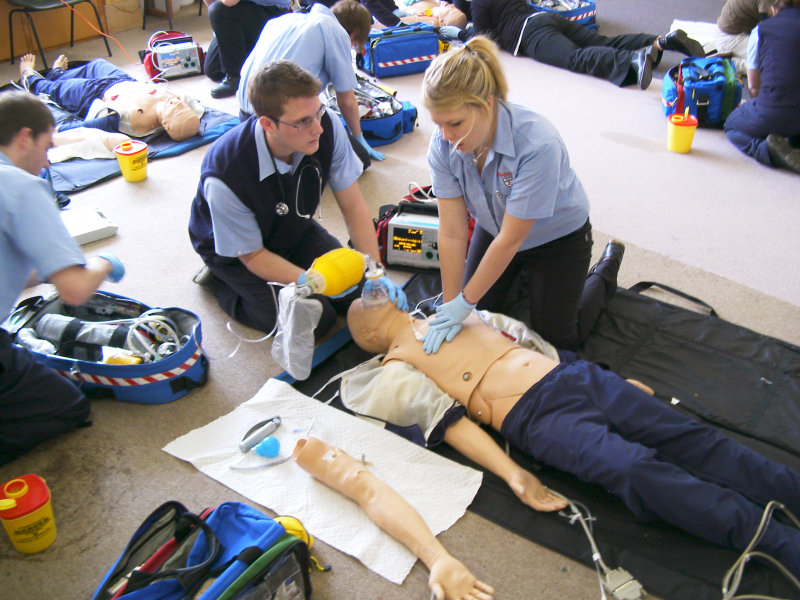
https://www.hci.edu/ -
Health care is an intriguing and rapidly expanding field that can lead you on a variety of paths. The principles you learn here about emergency patient care, stabilization, and disease processes will help you become an EMT or pursue other healthcare careers. You will study how to care for stable and unstable patients before they arrive at a hospital, and how to recognize time-sensitive diseases and medical and traumatic problems that impact both adults and children in this specialization.
Course 1 guarantees that you can assess a situation and prepare to deliver care, as well as that you understand the framework for patient evaluation, the history of emergency medical services, and the personal qualifications for becoming an EMT. Course 2 covers airway, breathing, and circulation, as well as the drugs and medication administration that EMTs are permitted to offer, as well how to recognize a patient suffering from a stroke or diabetic crisis. Course 3 covers high-performance cardiopulmonary resuscitation (CPR), toxicology, and wilderness emergency medicine. Course 4 focuses on trauma skills, while Course 5 focuses on pregnancy, newborns, and pediatrics.
Throughout the specialization, essential abilities are demonstrated. Finally, in the Capstone, apply the course concepts to real-life patient scenarios to help you prepare for national registry testing.
This course offers:
- Level: beginner level
- Duration: 7 months (3 hours/week)
- Rate: 4.8
- Language: English, Arabic, French, Portuguese (Europe), Italian, Vietnamese, German, Russian, Spanish
- Link: coursera.org/specializations/become-an-emt
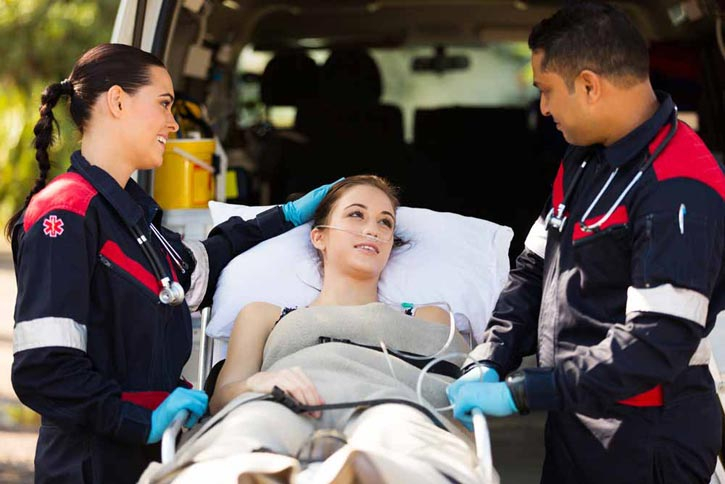
https://www.earnmydegree.com/ -
This course of the University of Colorado will teach you how to assess and stabilize various types of patients in preparation for transport. On a national and international scale, the University of Colorado is a renowned leader in higher education. They work together to address the kids' and communities' various requirements. They foster innovation, inspire research, and support knowledge expansion in ways that are unique to Colorado and beyond.
You will be able to assess a basic medical patient by the end of this course and explain airway physiology, airway assessment, and available interventions for airway management. You can identify, assess, and formulate a plan to stabilize a patient with a respiratory emergency for transport and formulate a plan to stabilize a patient with a cardiovascular emergency for transport. You can explain the most common neurologic and endocrine emergencies and what an EMT can do to help.
Everything is thoroughly explained, and they suggest reading articles and websites for the independent study if they haven't addressed everything in the videos. The course is created in such a way that even if you have no prior understanding of biology, you will be able to grasp the ideas. This is one of the best online emergency management courses.
This course offers:
- Level: beginner level
- Duration: 13 hours
- Rate: 4.8
- Language: Arabic, French, Portuguese (Europe), Italian, Vietnamese, German, Russian, English, Spanish
- Link: coursera.org/learn/medical-emergencies-airway-breathing-circulation
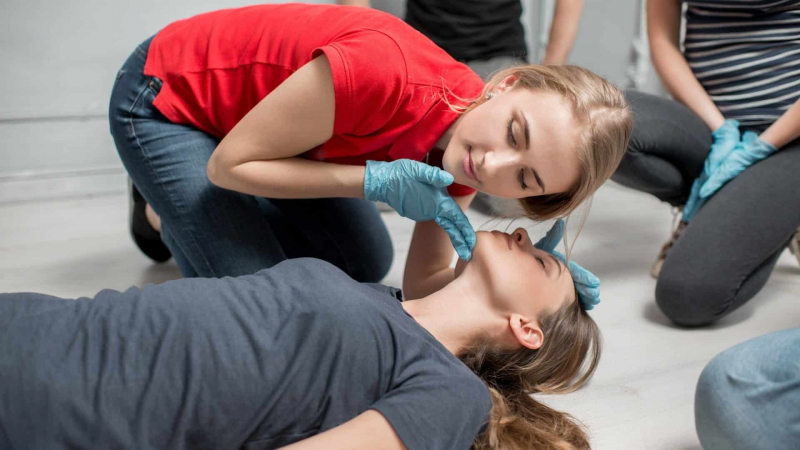
https://www.c2cfirstaidaquatics.com/ -
The Center for Humanitarian Emergencies is a collaboration between the CDC's Emergency Response and Recovery Branch and the Rollins School of Public Health that promotes global collaboration, research, and evidence-based training to help people affected by humanitarian crises. The technical and organizational principles that underpin the planning, implementation and evaluation of health initiatives for acutely displaced persons in developing nations are covered in this course. The focus is on refugees living in camps. In the context of an international relief operation, the course covers modules on assessment, nutrition, epidemiology of key health concerns, surveillance, and program management.
Learners will be able to characterize a complicated humanitarian disaster in terms of magnitude, person, time, and location after completing this course, as well as compute basic epidemiological metrics. At the end of this course, you will be able to assess the strengths and limits of epidemiological data in the context of CHE.
In a CHE, you can develop public health programs and strategies that are sensitive to the community's diverse cultural values and traditions, identify internal and external problems that may affect the delivery of essential public health services, and identify the various technical areas in a public health response.
This course offers:
- Level: beginner level
- Duration: 8 hours
- Rate: 4.8
- Language: French, Portuguese (Europe), Russian, English, Spanish
- Link: coursera.org/learn/health-che
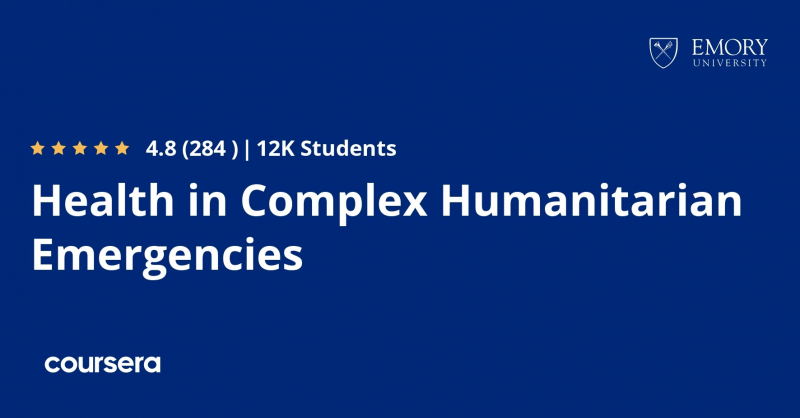
https://www.coursera.org/ -
You will study states of shock and resuscitation principles in the first module. The other topic, resuscitation, will go over how to treat and reverse shock, as well as how to treat cardiac arrest. They'll go over the most recent scientific findings as well as best practices in cardiac arrest resuscitation.
They will learn about poisonings, or toxicologic ingestions, in the next module. There's an entire branch of medicine dedicated to understanding how the things they take, whether accidentally or in an attempt to self-harm, affect our bodies. With a rudimentary awareness of the vocabulary, they can delve deeper into the most prevalent poisons encountered in the field, as well as how they affect the body. Environmental emergencies are triggered when the body's physiological activities are interrupted by the patient's natural surroundings, according to the third module. Many of the body's functions require a constant temperature to work effectively, thus a shift in temperature might cause them to fail. Cold or hot temperature changes, illnesses, and injuries caused by other animals, high altitude ailments, and injuries or illnesses related to water, such as drowning, are all examples of environmental emergencies.
They will cover subjects that an EMT may encounter that do not fit into the previous parts in the final module. The crucial "other" factors can pose complications for patients. An EMT's job is to advocate for your patient and offer the best possible care. Taking the time to grasp your patient's experience and critically think about the complaint, especially if it's difficult to diagnose, is a big part of it. They will also concentrate on disorders involving the gastrointestinal tract, renal system, and reproductive system in the abdomen.The course offers:
- Level: beginner level
- Duration: 13 hours
- Rate: 4.8
- Language: Arabic, French, Portuguese (Europe), Italian, Vietnamese, German, Russian, English, Spanish
- Link: coursera.org/learn/medical-emergencies-cpr-toxicology-wilderness
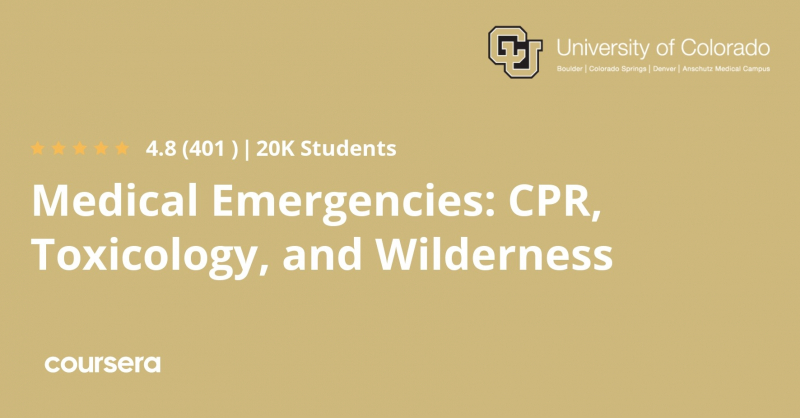
https://www.coursera.org/ 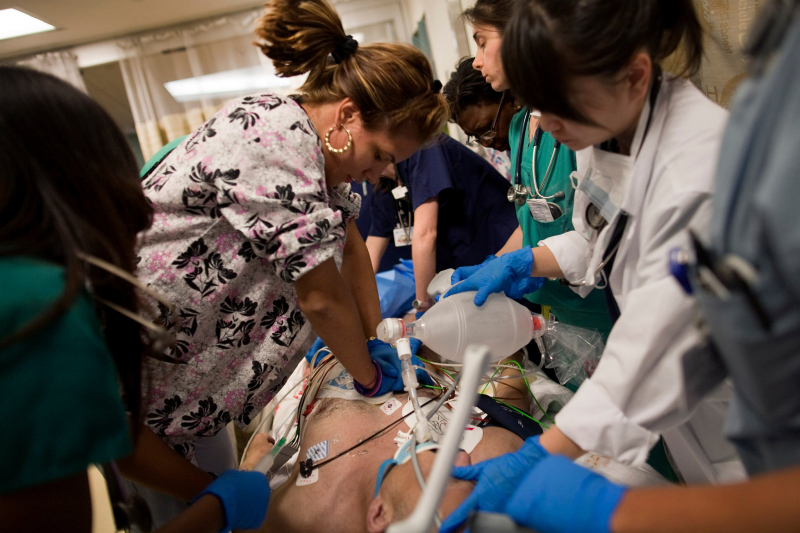
https://www.nytimes.com/ - Level: beginner level
-
Welcome to the Trauma Emergencies and Care section of our website. This course will teach you about the mechanics and physics of damage to the human body, as well as how it can lead to injury. You'll continue to add medical language to your new vocabulary and learn how to explain the many injuries you'll encounter. You'll also learn about the trauma system and when transporting patients to a trauma center is necessary.
Then they'll go over specific injuries based on whatever portion of the body is involved - or trauma by the system. Trauma patients require distinct considerations based on how and where they were injured. Of course, you'll learn how to conduct a normal history and physical examination on a trauma patient.
Finally, you'll learn about mass casualty incidents, or MCIs, which you hope to never experience. These are situations in which you may have several patients, and you must take an organized and particular approach as a physician.This course offers:
- Level: beginner level
- Duration: 12 hours
- Rate: 4.8
- Language: Arabic, French, Portuguese (Europe), Italian, Vietnamese, German, Russian, English, Spanish
- Link: coursera.org/learn/trauma-emergencies-and-care
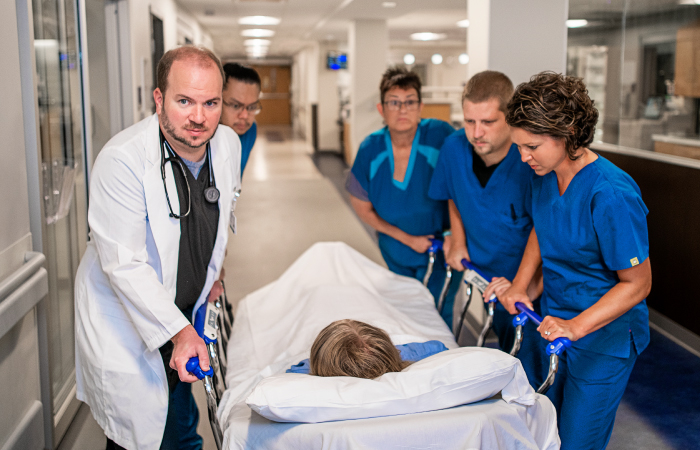
https://www.hshs.org/ 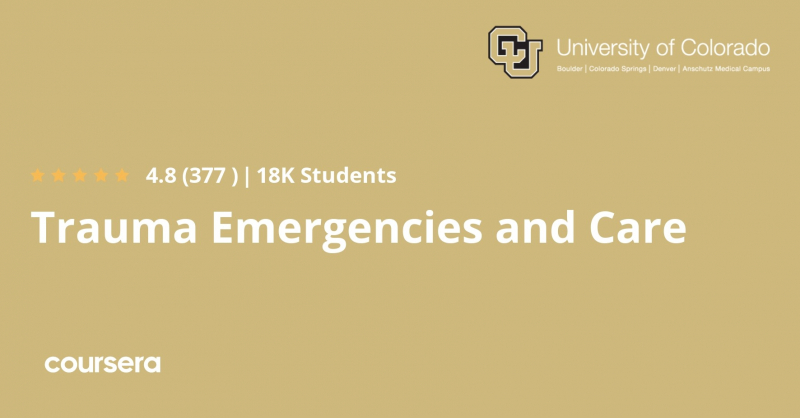
https://www.coursera.org/ - Level: beginner level
-
Welcome to the final set of lectures in your study of EMT fundamentals. They will cover some of the most high-stress patient populations in this course, including pregnant patients and children, generally known as pediatrics. They will complete this course with information regarding hazardous circumstances, extricating patients from tight areas, and finally how to write a letter about your patient care to round up your EMT expertise. You'll learn how to make sure it clearly expresses your patient assessment, as well as the interventions you performed and why you did them.
You'll apply what you've learned about anatomy, patient assessment, and scene safety to construct a strategy for dealing with these new patient groups. They'll go over what makes pregnant and pediatric patients distinct, as well as what makes them the same as the rest of the patients you care for. Keep reading to discover more best online emergency management courses.This course offers:
- Level: beginner level
- Duration: 16 hours
- Rate: 4.8
- Language: Arabic, French, Portuguese (Europe), Italian, Vietnamese, German, Russian, English, Spanish
- Link: coursera.org/learn/emergency-care-pregnancy-infants-children
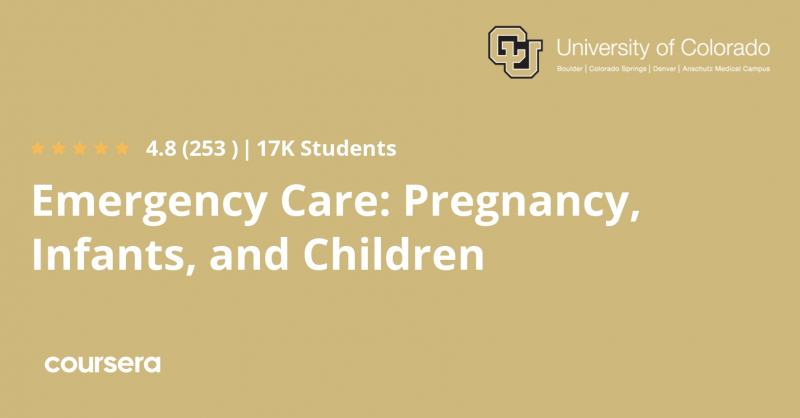
https://www.coursera.org/ 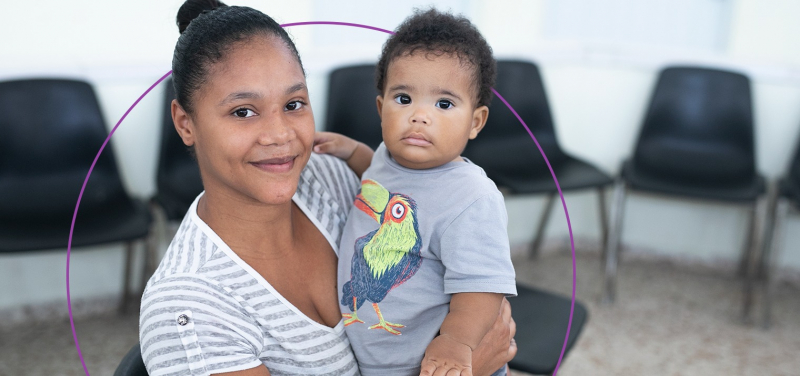
https://www.projecthope.org/ - Level: beginner level
-
This Communicating During Global Emergencies course presents essential concepts and principles of communicating during a worldwide crisis or emergency, in conjunction with the Rollins School of Public Health and the CDC's Division of Global Health Protection, Emergency Response, and Recovery Branch. It investigates why communication differs during an emergency and the relevance of tailoring emergency messaging to the requirements of those affected. You'll be able to evaluate information needs and design relevant messages using six guiding principles to help you communicate effectively and promote habits that lower health risks during an emergency by working through sample scenarios.
They'll spend the first week learning about CERC's structure, the core function of risk communications, and common standards to follow when engaging with affected populations during a crisis. The focus of communication during an emergency response, as well as the formulation and implementation of a crisis communication plan, will be discussed in the second week. They'll use a fictional situation to investigate the four components of risk communication outlined in the International Health Regulations during the final week.
This course offers:
- Level: Intermediate level
- Duration: 8 hours
- Rate: 4.7
- Language: Arabic, French, Portuguese (Europe), Chinese (Simplified), Italian, Vietnamese, German, Russian, English, Spanish
- Link: coursera.org/learn/communicating-during-global-emergencies
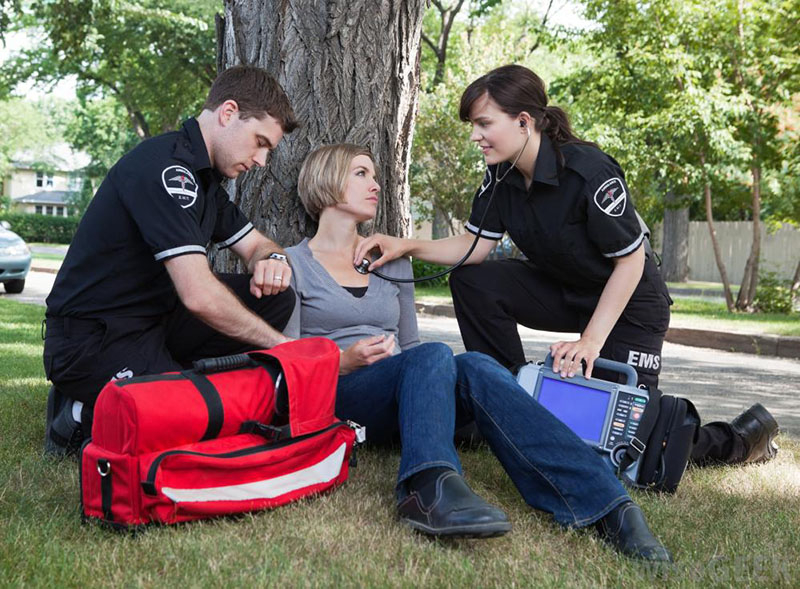
https://www.earnmydegree.com/ 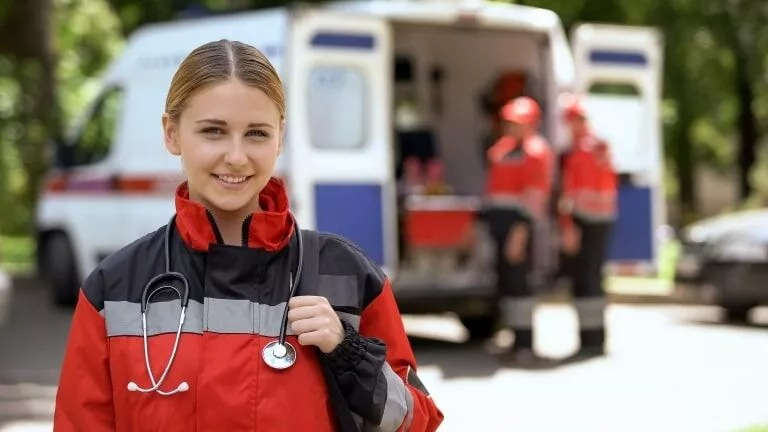
https://www.unitekemt.com/ - Level: Intermediate level













